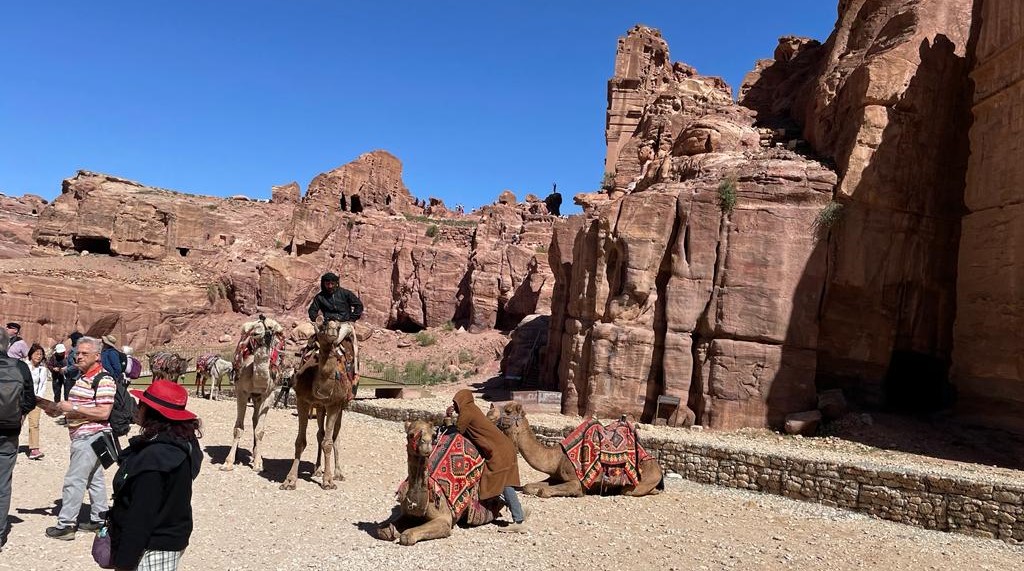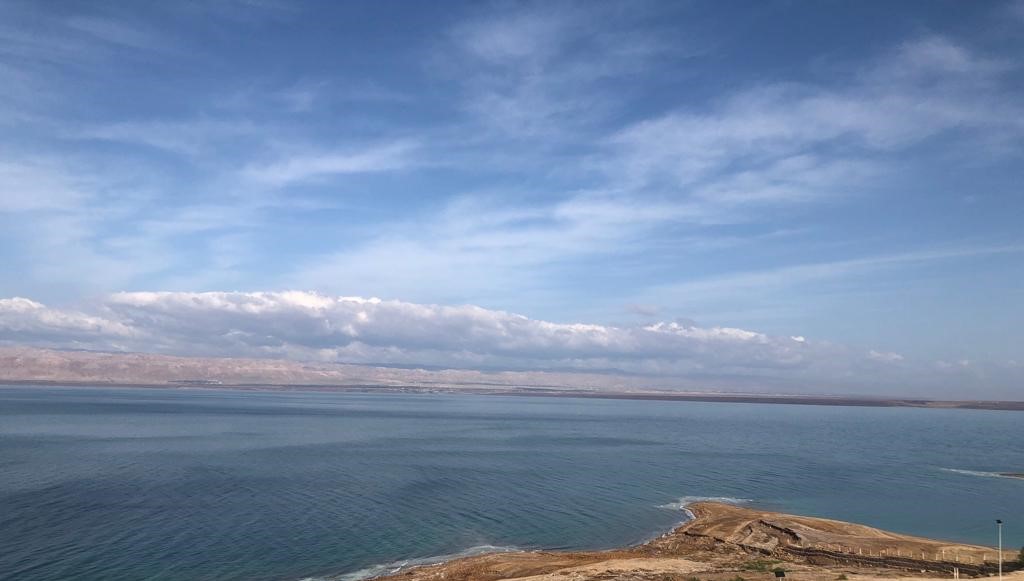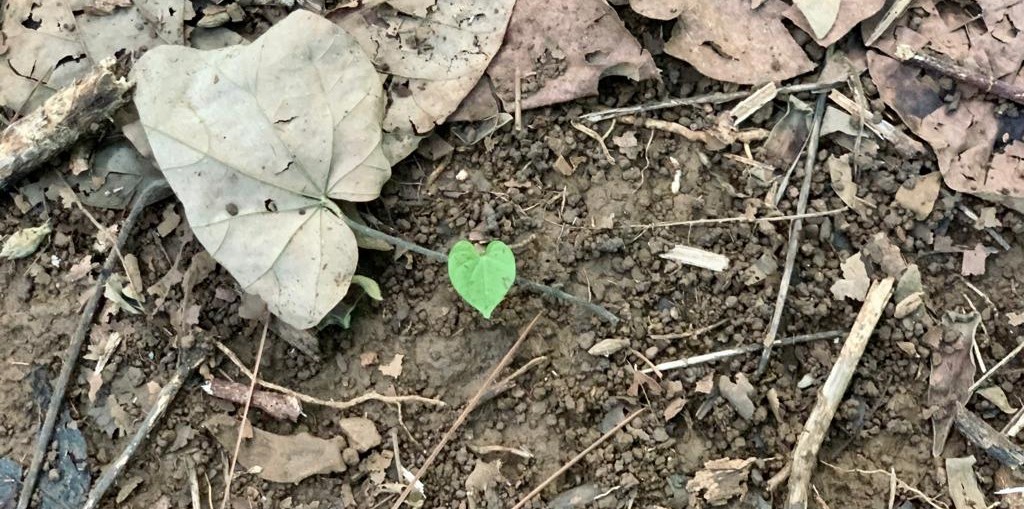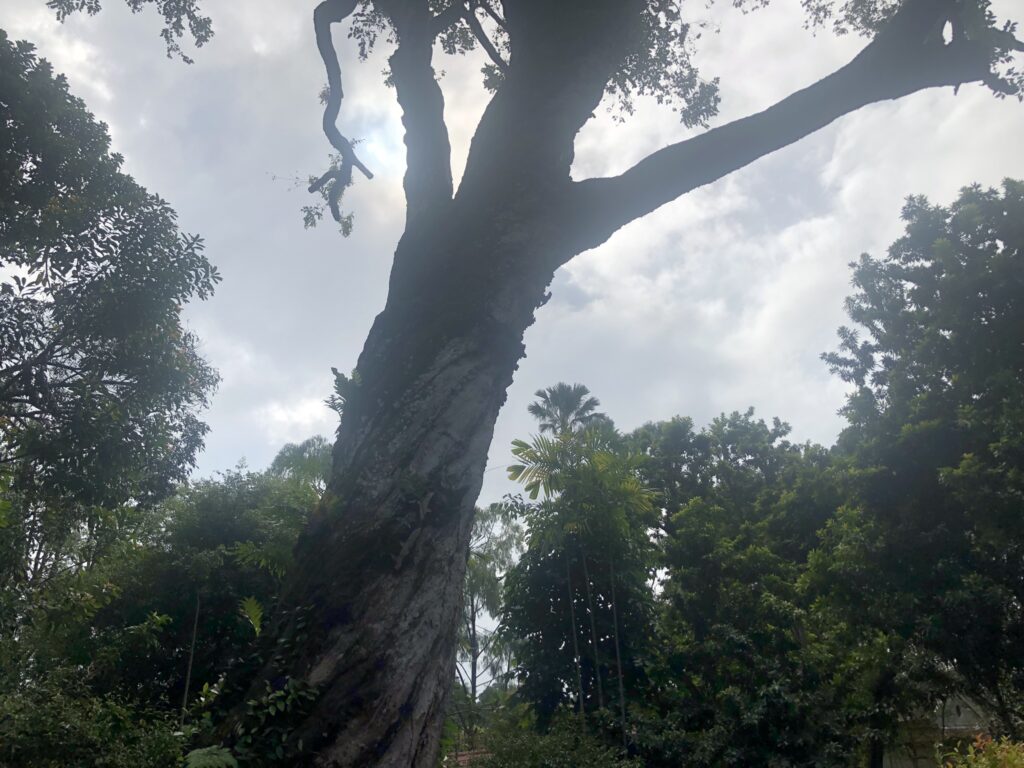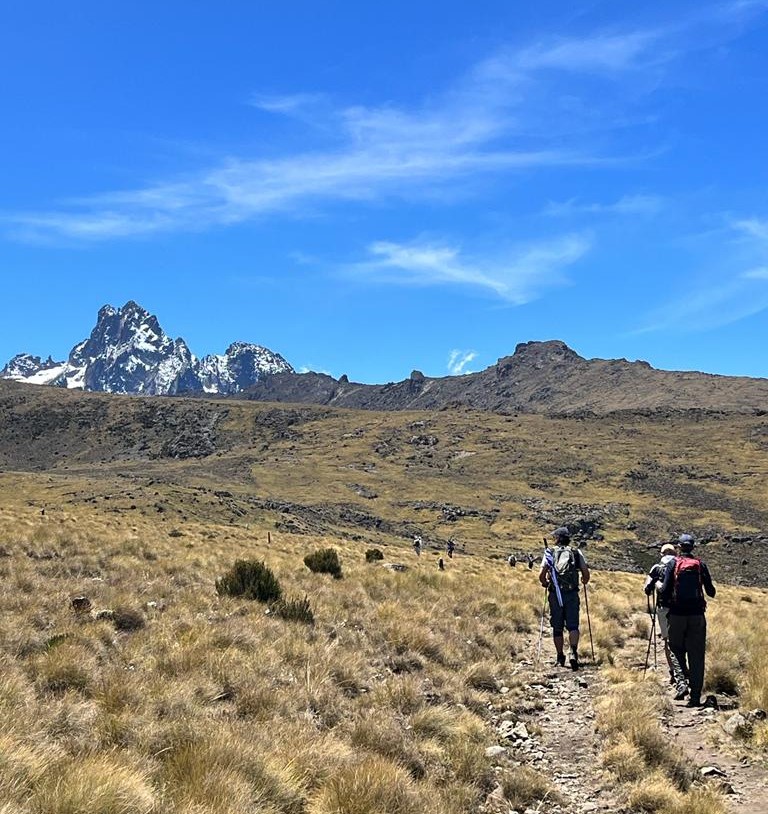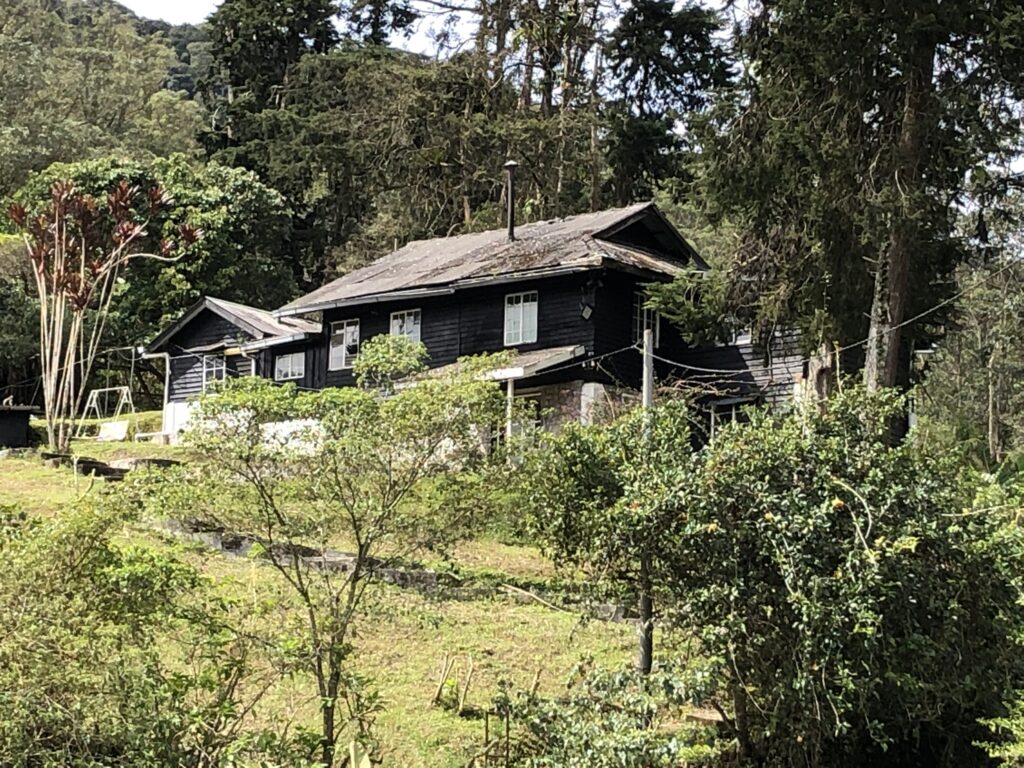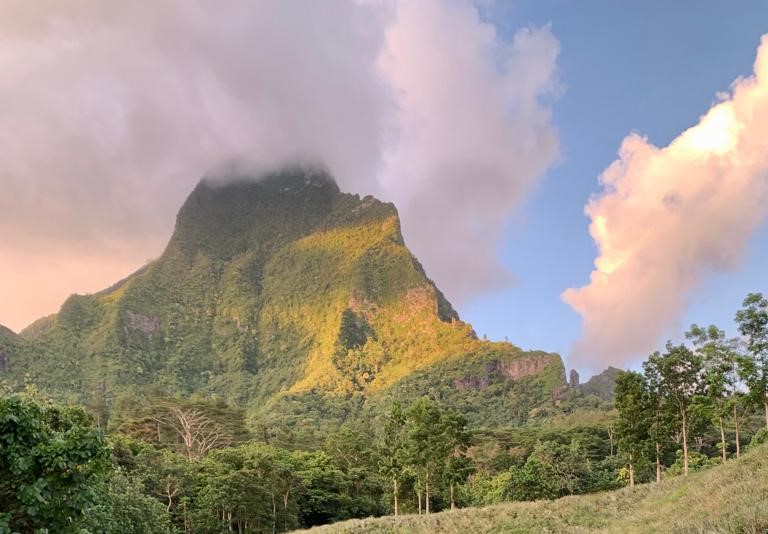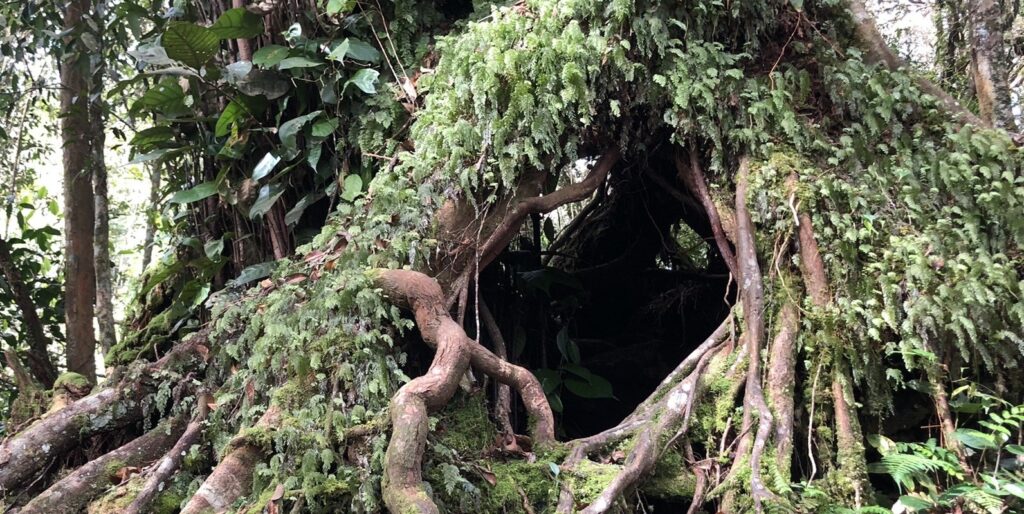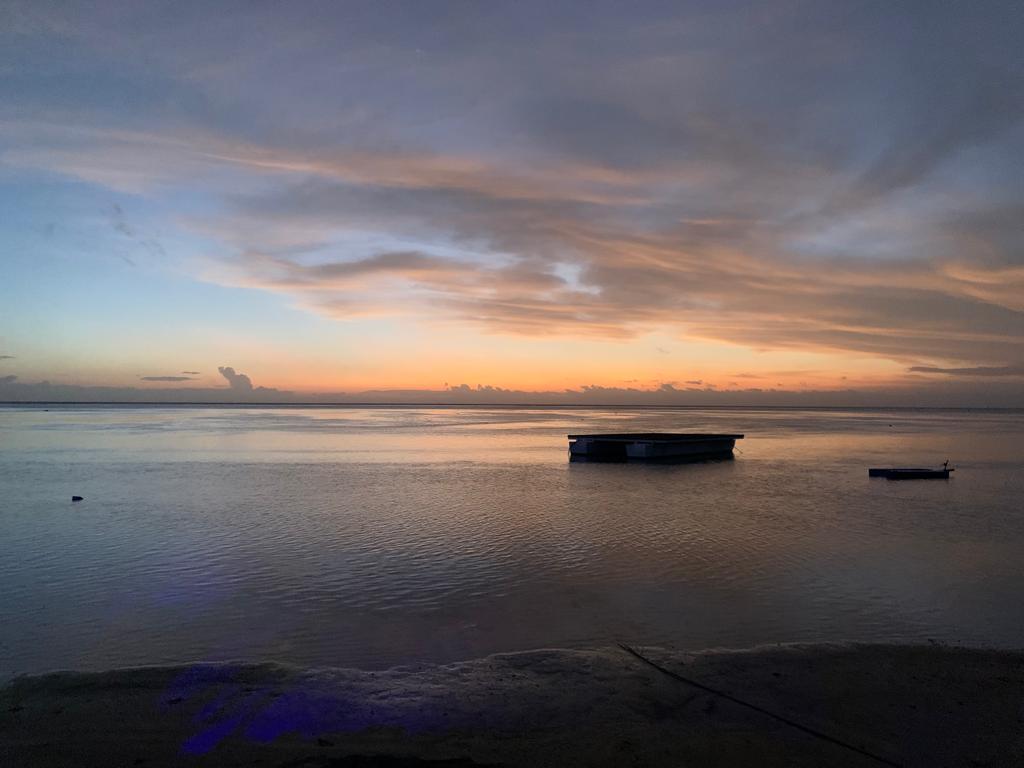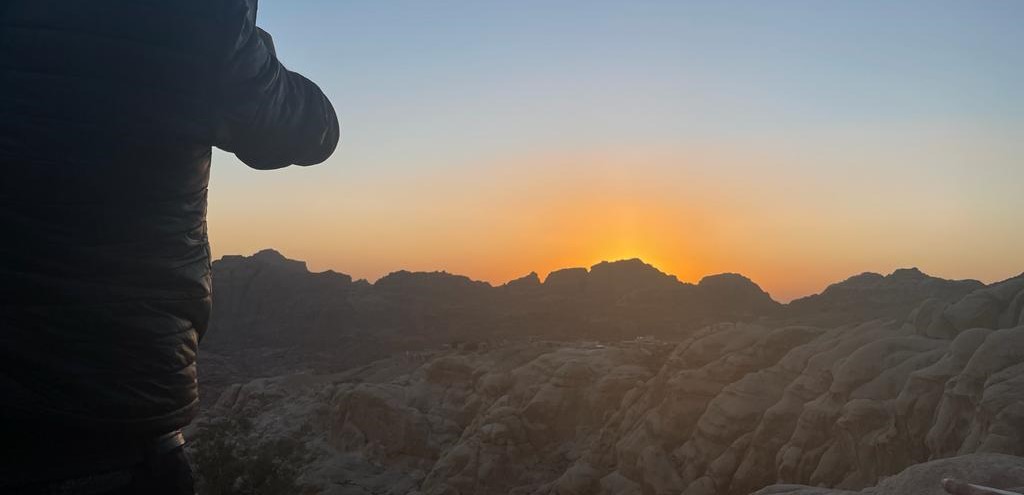
“It’s really worth spending time being present to and mindful of your physical body. If our sense of our physical body is as ‘low resolution’ and disconnected as many peoples are, then awareness of the energy body is going to feel quite abstract“
Dear Integral Meditators,
My series on Meditations for thriving and energy creation – An eight week course starts this week. It looks at key states of mind and body that we can cultivate in meditation to create more energy consistently. The article below is a way of beginning work on your ‘basic energy body’. If you enjoy it do consider coming along to the Tues or Weds class this week, as it will be the subject of the sessions.
And final reminder of the Meditations for Developing the Language of Your Shadow Self Workshop this weekend!
In the spirit of energy,
Toby
Finding energy through meditation – Aspects of meditating with your energy body (part 1)
Working on and with an awareness of your energy body can be one of the most transformative and catalytic aspects of a meditation practice. In the sections below I outline some basic pointers for meditation on your energy body. Each is a domain by itself, but put together integrally these body offer a rich way of working with your energy body.
Cultivating awareness of your physical body
Before trying to become aware of your energy body, which is a relatively subtle object, it’s really worth spending time being present to and mindful of your physical body. If our sense of our physical body is as ‘low resolution’ and disconnected as many peoples are, then awareness of the energy body is going to feel quite abstract.
Basic awareness of your energy body
To quote directly from my previous article on ‘Regenerating within your energy body’: “For the purposes of this meditation, consider your energy body as being essentially the biological life-force that flows through and radiates from your physical body, but then includes the emotional, mental and consciousness dimensions within you. It can be imagined simply as a body of light, same shape and size as your physical body, and occupying the same space. You can also imagine it as having an energy field around your body, like an egg or sphere of light. Beginning the meditation includes simply relaxing and gently sensing into your energy body, getting a feeling for it as you breathe”.
Once familiar with with your basic energy body, you can then work on awareness that other people and the objects in your environment have energy bodies, and practice working with an awareness of these. You can also do this as a walking meditation form, not just as a sitting one.
Linking your energy body to environmental energies
Essentially, we live our life within four ‘spheres’ of energy, the spheres of the earth, moon, sun and stars. Linking our energy body to these four can be done as follows:
- Be aware of the energy of an ocean of light and energy in the centre of the Earth beneath you, where the solar core is located. Visualize a stream of that light and energy flowing up towards you, and connecting with you through the soles of your feet, or point of contact with the earth
- Feel this earth light flowing into your legs and feet, energising and relaxing them as it does so. Think to yourself ‘My feet and legs are in the earth’. Have a sense of your body being connected too and in relationship to the living earth beneath you. Feel also the earth element within your body coming into balance.
- Feel the light from the earth rising into your hips and belly. See a ball of moon-light building in your sacral-plexus; centre of the belly just above your hips. Think to yourself ‘My hips and belly are in the moon’ Have a sense of your hips and sacral plexus being connected too and in relationship with the living moon orbiting around the earth. Feel also the water element within your body coming into balance.
- Feel the light from the earth rising into your heart & chest. See a ball of solar-light building in your heart centre. Think to yourself ‘My heart and chest are in the sun’ Have a sense of your heart and chest being connected too and in relationship to the living sun around which we are orbiting. Feel also the fire element within your body coming into balance.
- Feel the light from the earth rising into your head. See a ball of star-light building in your head centre, middle of the brain. Think to yourself ‘My head is in the stars’ Have a sense of your head and neck being connected too and in relationship to the living stars and universe of which our own earth, moon and solar system partakes. Feel also the air element within your body coming into balance.
When you have finished, simply see the energy of the star, sun and moon centres in your body reducing as you gently re-orientate around your physical body and bring the meditation to a close, the duration of the meditation can be as short as 2-5 minutes to connect you to and activate your energy body. It can also be done as a longer form where you are combining energy body awareness with stillness.
Once you have done this a few times in a static position, you can try doing it outside, and even as a walking meditation. This can be powerful as you are interacting more explicitly with your direct environment when you walk in it.
Related article: Aspects of environmental meditation
All upcoming classes and workshops at IMA:
Ongoing – Weekly Tuesday, Wednesday Online class schedule
Ongoing on Wednesday’s, 7.30-8.30pm – Wednesday Meditation for stress transformation and positive energy with Toby (Bukit Timah)
Ongoing on Tuesday evenings, 7.30-8.30pm – Tuesday Meditation for stress transformation and positive energy with Toby (East Coast)
Starts Tues/Weds April 11th/12th , 7.30-8.30pm – Meditations for thriving and energy creation – An eight week course
Saturday 15th April 9am-12.30pm – Meditations for Developing the Language of Your Shadow Self Workshop
Saturday April 29th, 9.30-11.30am – Monthly Qi Gong & Taoist Breathwork Clinic & Mini-retreat
Tues 30th/Weds 31st May – Wesak meditation
Integral Meditation Asia
Online Courses * 1:1 Coaching * Books * Live Workshops * Corporate Mindfulness Training *Life-Coaching * Meditation Technology
